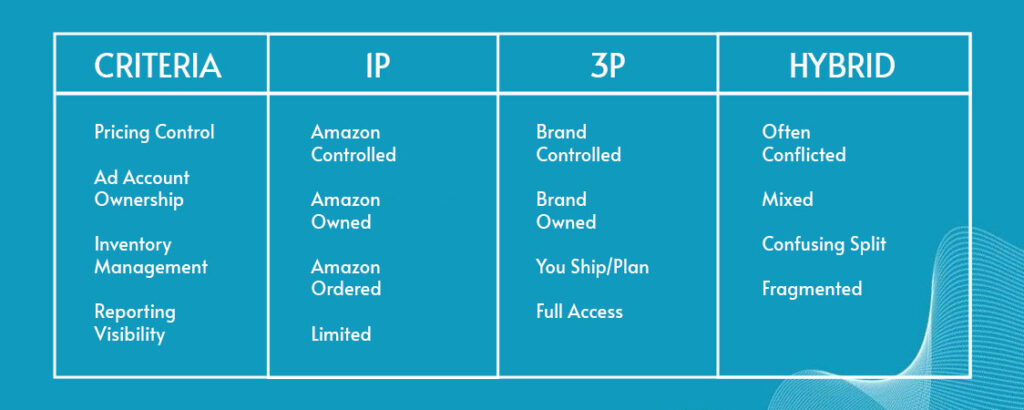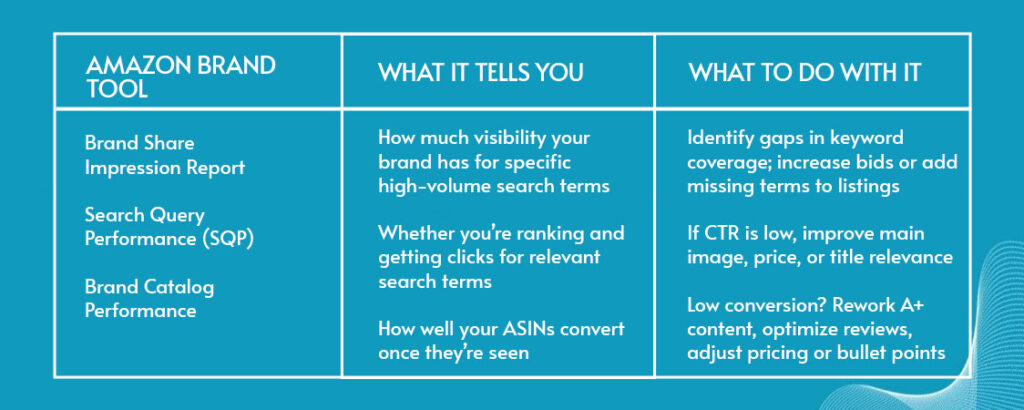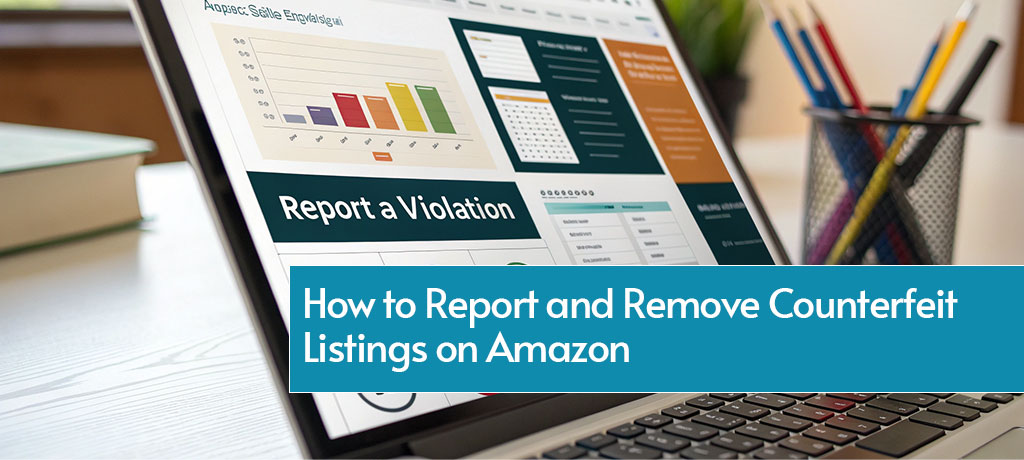Amazon
Step-by-Step Guide for DTC Brands Launching on Amazon
You’re Ready for Amazon. But Is Amazon Ready for You?
If you’re a DTC brand considering Amazon or already selling and questioning the return, you’re not alone. Most brands reach a ceiling with owned channels and turn to Amazon for the scale. But unlike your Shopify backend or Meta ad dashboard, Amazon plays by its own rules. And playing to win requires more than a polished storefront or keyword-stuffed listing.
The mistake we see? Brands treat Amazon like another sales channel. It’s not. It’s a search engine, an ad network, a fulfillment machine, and a digital shelf, all rolled into one.
If you’re not thinking like a 3P seller, you’re handing over opportunities to competitors.
The Real Problem: Growth on Amazon Requires More Than Listing Products
You might have an incredible product. Strong retention. Loyal customers. But Amazon doesn’t reward those things unless you engineer them into the system.
The problem isn’t visibility. It’s control. Control over pricing, customer experience, advertising efficiency, and inventory flow.
We’ve seen DTC brands jump on Amazon, push listings live, and watch weeks pass with little traction only to realize later they were getting buried by lesser-known resellers or outbid by non-branded search terms.
Set the Right Foundation (Before You Even List a Product)
Before you touch Seller Central, you need clarity across five areas:
- Control: Are you launching 1P, hybrid, or fully 3P? If you’re not sure, choose the 3P model. You’ll keep pricing power, ad control, and brand registry access.
- Distribution: Lock down who’s allowed to sell your product. If Amazon Retail (1P) already lists your ASINs, you’ll need to start with suppression or Brand Registry enforcement.
- Buy Box Ownership: If you’re not winning the Buy Box, you’re not selling. Map out pricing consistency and fulfillment speed to avoid losing control to rogue resellers.
- FBA or FBM (Fulfillment by Merchant): If your operations team isn’t ready for FBA compliance including barcodes, prep, routing, labeling—you’re going to leak sales.
- Brand Registry Enrollment: This isn’t optional. You need it to create A+ content, access search analytics, and remove unauthorized sellers.
What Top Brands Do Differently: A Strategic Launch Blueprint
Once the basics are locked in, here’s what separates underwhelming launches from category leaders.
1. Plan for Search, Not Just Aesthetics
Amazon is a search engine. Brand voice and lifestyle visuals help but if you’re not indexing for high-intent keywords across your PDP, back end, A+ content, and advertising, you’re invisible.
Use these to get started:
- Amazon Search Query Performance Report
- Brand Analytics > Amazon brand share impression report
- Helium 10 or Data Dive for competitor coverage
Then, build a keyword architecture that maps across all placements.
2. Launch with a Structured Ad Plan (Not a Guess)
Too many brands throw a few Sponsored Product campaigns live and wait.
A better approach:
- Week 1–2: Launch branded, top competitors, and long-tail search term campaigns.
- Week 3–4: Layer in auto campaigns for harvesting. Start Sponsored Brand testing.
- Week 5–6: Launch Sponsored Display for retargeting (but only if conversion rate is healthy).
Tie ad strategy to your core KPIs:
- TACoS under 15%
- CPCs benchmarked against your DTC CACs
- Organic rank movement across top 10 keywords
3. Use Content to Improve Conversions
Your product detail page isn’t just a place to describe features, it’s where most customers decide whether to buy or move on.
- Title: Lead with the main keyword and size. Keep it clear and under 200 characters.
- Bullet Points: Use simple language. Focus on what the product does, not just what it is.
- Images: Show the product in use. Include close-ups, packaging, and size reference.
- A+ Content: Use it to explain how your product works and why it’s better. Comparison charts and FAQs work better than brand slogans.
- Brand Story: This section should show your brand’s story and establish strong credibility, not just origin stories. Include manufacturing standards, certifications, or real use cases.
Here’s a real example from one of our managed 3P clients. We restructured their listing with a clear focus on search visibility and conversion
| Before Optimization | After Optimization |
Before: Generic layout, low keyword coverage, weak visual hierarchy
After: Optimized title and bullets, high-converting A+ content, stronger mobile experience
4. Inventory Control: Hidden Sales Killer
Running out of stock does more than pause your sales. It tanks your rank, cuts off ad performance, and leaves room for resellers to swoop in.
For DTC brands new to Amazon:
- Use Amazon’s Restock Inventory report (but adjust lead times, it’s often too conservative)
- Build a buffer that accounts for ad ramp-up and seasonal lift
- Monitor ASIN-level velocity and Amazon FC receiving times (especially Q4)
Also, avoid launching more SKUs than you can confidently manage. Two high-performing ASINs beat ten dead listings.
3P vs. 1P vs. Hybrid: What Actually Works?
Here’s the truth, most DTC brands benefit more from being an Amazon 3P seller than 1P or hybrid models.
With 3P:
- You control pricing, ads, and inventory
- You can negotiate with your own vendors
- You keep more margin vs. wholesale terms
- You can test bundles, exclusives, and promo levers instantly
What about hybrid models?
Many brands try the hybrid model to “test both sides.” But what often happens is:
- Amazon 1P undercuts your 3P price
- Your ad data becomes fragmented
- You lose Buy Box control during promo windows

Our recommendation: go all-in with a managed 3P approach, especially if you’re still scaling. You keep ownership, while experienced operators run the execution.
How to Work Smarter with Brand Analytics
Here’s where DTC teams get stuck. They have data from Amazon Brand Analytics reports, but no signal. Amazon’s dashboards aren’t built for casual users.

Start with:
- Amazon brand share impression report to see where your category visibility ranks
- Search Query Performance report for keyword ranking shifts week over week
- Brand Catalog Performance to flag ASINs with poor unit session percentage or high glance views but low orders
Turn these into decisions:
- Low CTR = Ad creative mismatch
- Low conversion rate = Listing or pricing issue
- High ACOS with high sales = Consider pausing ads, letting organic hold
| Quick-Launch Checklist for DTC Brands Use this to keep your team aligned across the key stages. Pre-Launch Brand Registry approved SKU catalog finalized 3P account structure defined Distribution control plan in place Week 1–2 Listings built with keyword strategy A+ and Brand Story live Sponsored Product campaigns active Inventory prepped and inbound Week 3–6 Auto campaigns and harvesting live Sponsored Brand + Display testing Rank and review velocity tracked Brand Analytics checked weekly Ongoing Weekly ad/organic performance report Restock planning dashboard Unauthorized sellers monitored Monthly ASIN performance reviews |
Share





